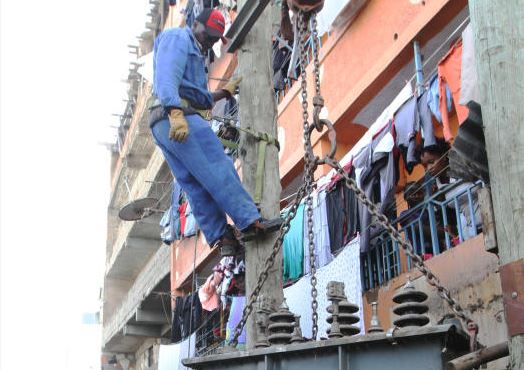
SEE ALSO: Inside plan to dim profits on firms that supply 'air’ to Kenya Power
Currently, the system losses stand at 23 per cent and the review would mean that Kenya Power recovers 19.9 per cent from consumers while footing the balance. System losses is the difference between what Kenya Power buys from electricity producers and what it sells to consumers. “Epra has made amendments to Gazette No 8043 of 2018 in respect of the schedule of tariffs, charges, prices and rates to be charged by the Kenya Power company to consumers of electrical energy,” said Epra in a gazette notice yesterday. “Target system loss factor in transmission and distribution is amended from 14.9 per cent to 19.9 per cent effective July 1, 2020.” According to Kenya Power’s annual reports, the power losses grew from 16 per cent in 2009-10 financial year to 20.5 per cent in the year to June 2018.- READ MORE
- Pain at the pump for the poor
- Virus weighs on global oil demand
- Jamii Bora cuts cheque maturity time
- Covid-19 hits soft drinks, milk sales
SEE ALSO: Kenyans deserve lower electricity rates than Kenya Power charges
More recent information by the company indicates that the system losses went up to 22.8 per cent in December 2018 and worsened in the course of 2019. This is a pointer to the situation getting worse rather than better, despite the massive investments to improve transmission and distribution by Kenya Power as well as Kenya Electricity Transmission Company, which owns and operates high-capacity power transmission infrastructure in the country. Kenya Power has in the past estimated that about 11 per cent of the power system losses are commercial, which entail theft by employees and customers. The balance is technical losses that occur owing to the state of the infrastructure, including transmission lines. The changes in the tariff come shortly after Kenya Power applied for a review of the tariff published in 2018. The company was pushing for an increment of about 20 per cent in the power bill.




No comments :
Post a Comment